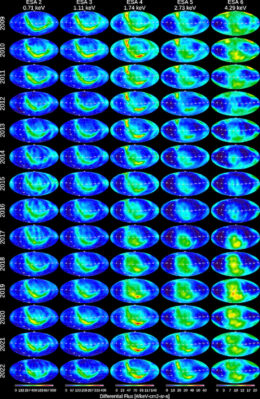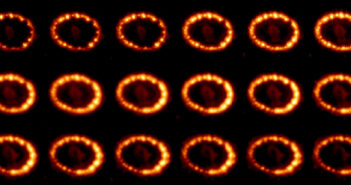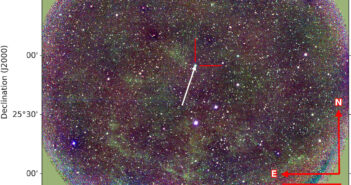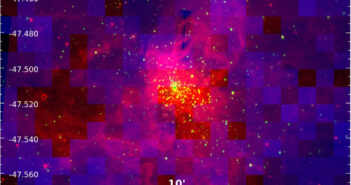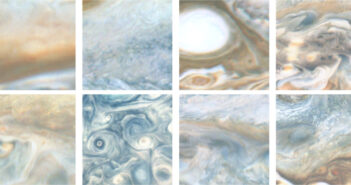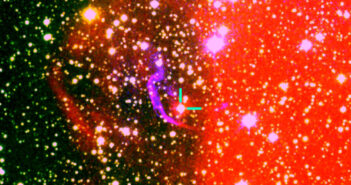An increasingly large fleet of robotic explorers is flying by, orbiting, landing upon, and crawling around on the planetary bodies of our solar system, radioing home increasing amounts of data that often require labor-intensive analysis. Luckily, machine learning may be able to help researchers handle growing data demands. To explore how machine learning can assist planetary scientists, a team led by Frank Chuang (Planetary Science Institute) applied machine-learning techniques to the challenge of classifying surface materials on the Moon. Their goal was to differentiate between three types of surface materials: maria (dark areas where lava has pooled and cooled in ancient craters), cryptomaria (buried maria), and light plains (brighter regions thought to have been deposited by impacts). They first used unsupervised machine learning to identify different types of surface regions. As shown in the left-hand image above, the unsupervised algorithm easily recognized large dark areas corresponding to lunar maria (shown in red), but it was less proficient at discerning between the lighter cryptomaria and plains. The right-hand image shows the results of the second step, in which the classes identified in the first step guided a supervised machine-learning investigation. Here, the algorithm found that within areas mapped as cryptomaria, there are speckles of maria still visible, a finding that Chuang’s team suggests could be evidence for spotty resurfacing of these ancient lava seas. To get more detail on the results of this machine-learning exploration of the lunar surface, be sure to check out the full research article linked below.
Citation
“Application of Machine Learning Techniques to Distinguish Between Mare, Cryptomare, and Light Plains in Central Lunar South Pole−Aitken Basin,” Frank C. Chuang et al 2025 Planet. Sci. J. 6 35. doi:10.3847/PSJ/ada4a6

